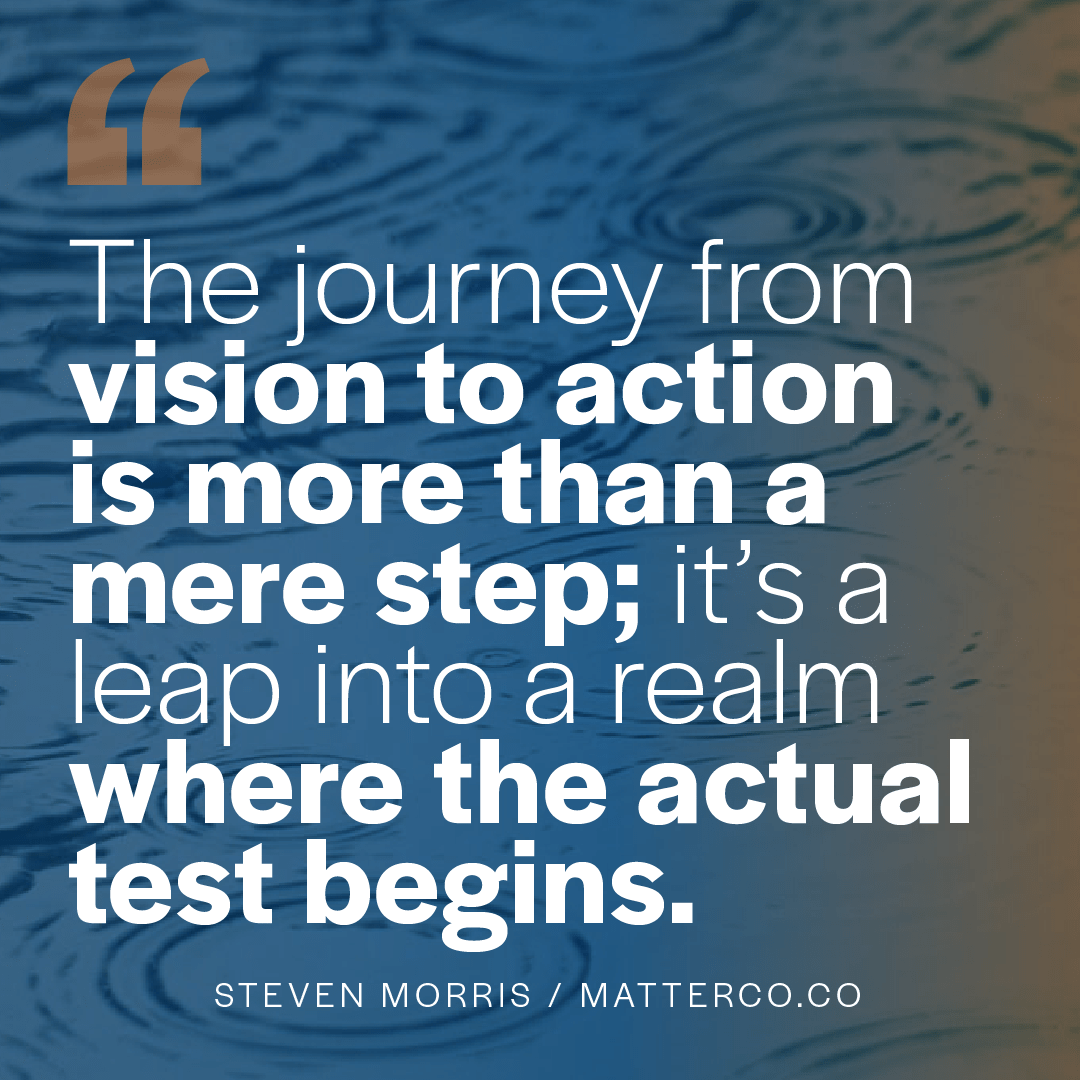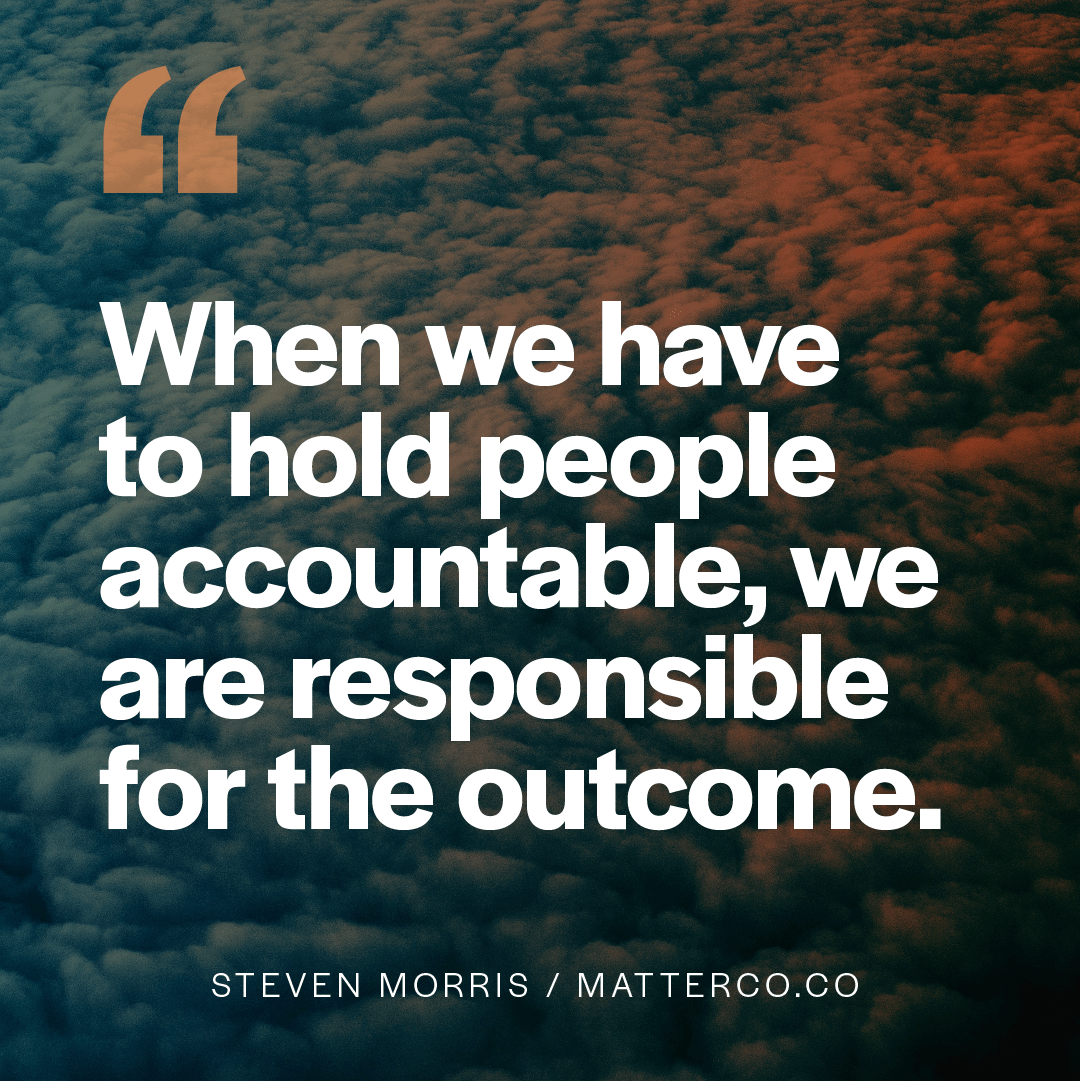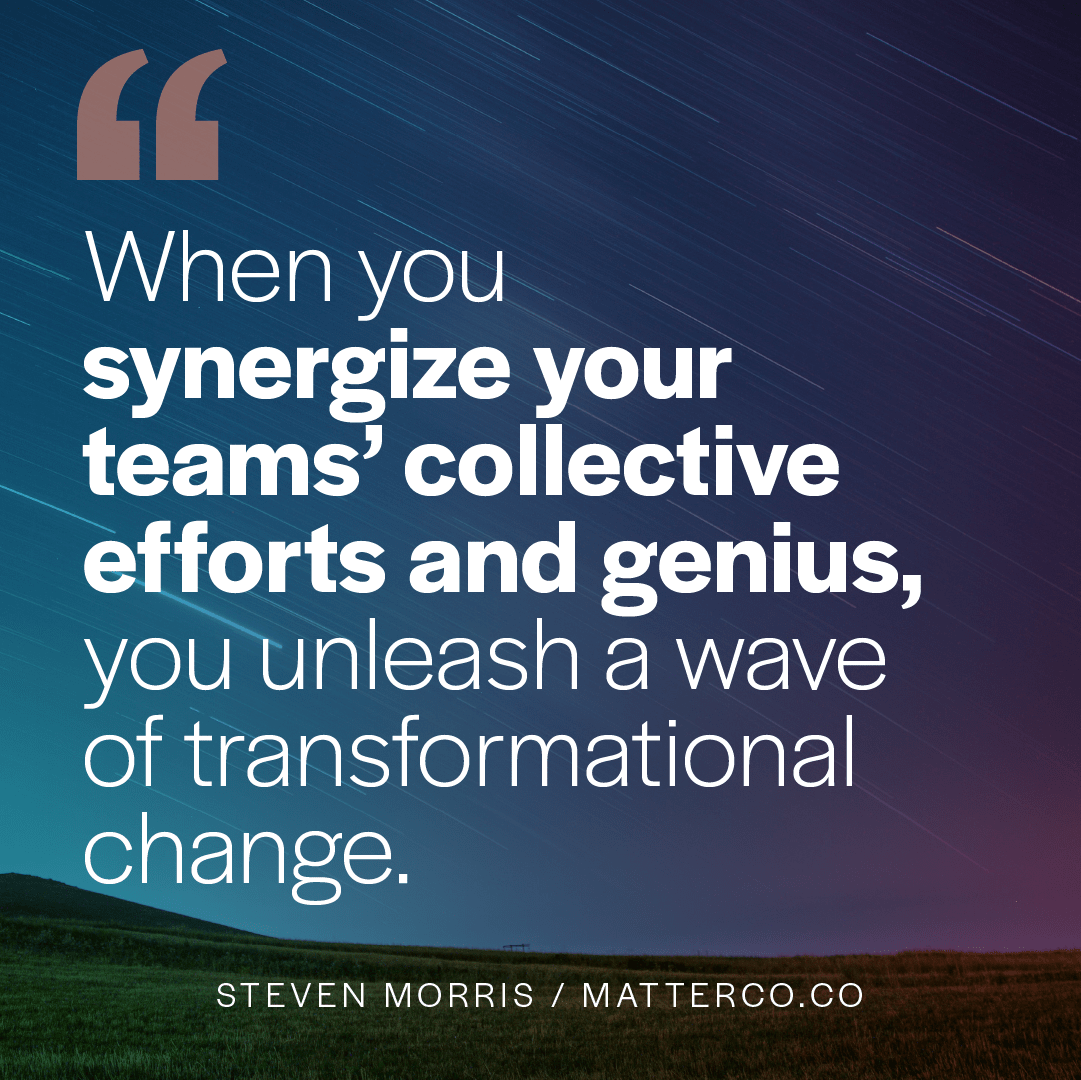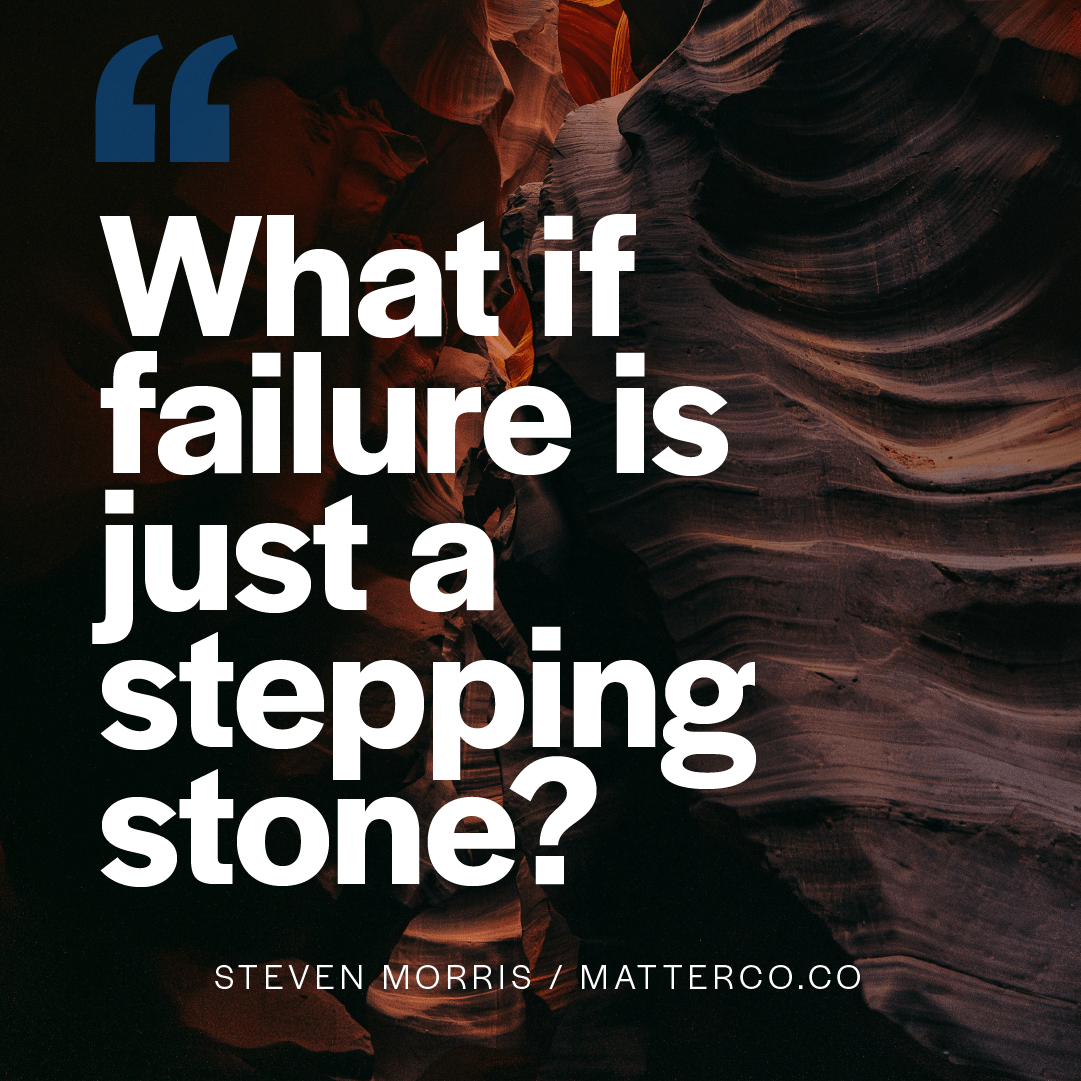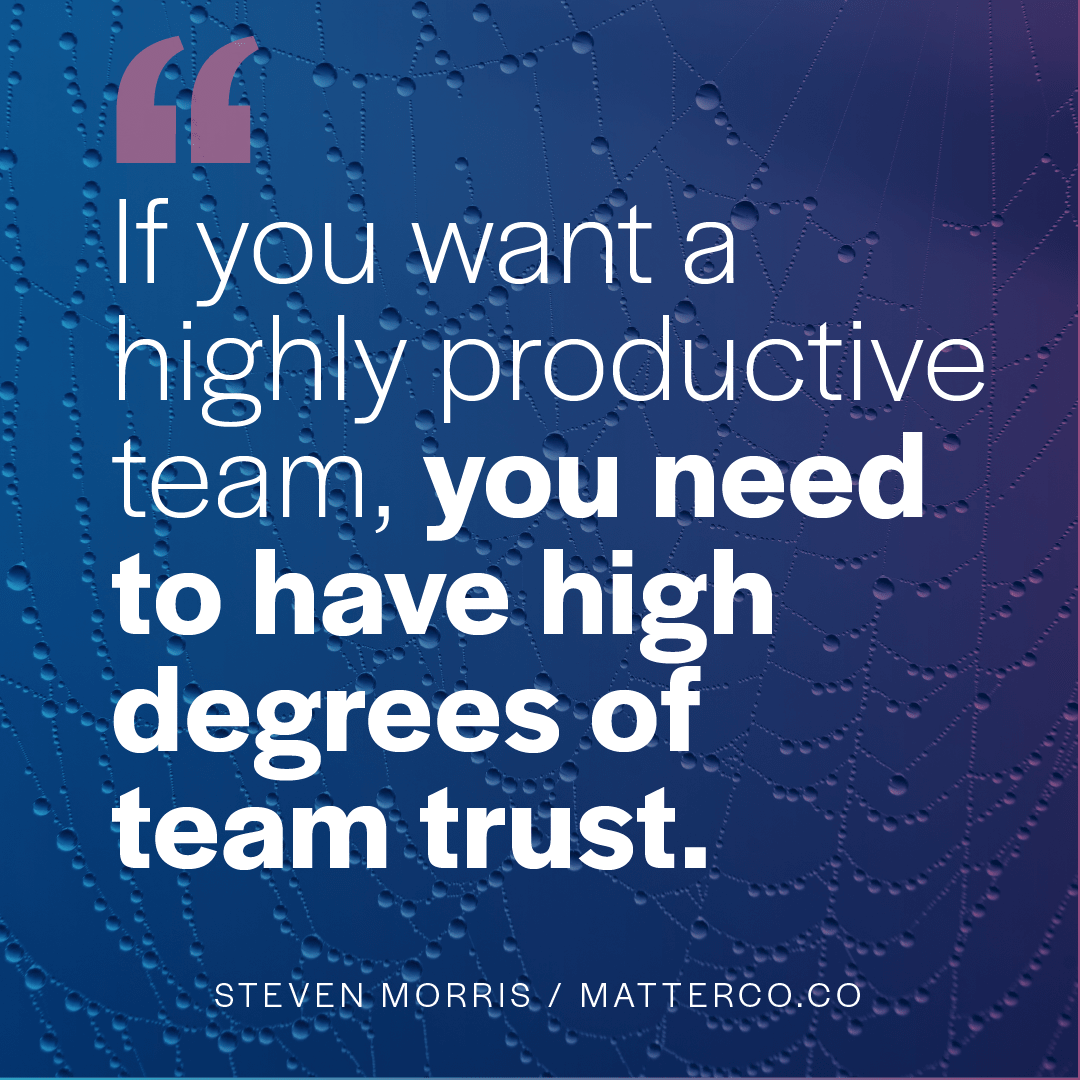
Want Team Trust? You’ll Need To Overcome Three Culture Conflicts.
Your culture contains multitudes. People with different ways of thinking, behaving and seeing the world converge to do the work inside your company.
A good (or great) culture is shaped by the actionable beliefs, strategies, attitudes, and behaviors that align the inherent difference into a symphony of aligned actions. When the unique people on your team unite around a shared value set, magic can happen.
If you want a highly productive team, you need to have high degrees of team trust. If you want a high-trust organization, you must behave your way into it. There’s no hack or shortcut to earning trust — you can’t fake it ’til you make it.
Trust is the lubrication for teams who perform well. Think of your culture like the engine of a race car. The oil in the engine is the lubricant. That trust lubricant gets the parts moving at full speed and minimizes friction so that work won’t come to a grinding halt.
That’s not to say you will not or should not have friction on your team. The absence of friction is not harmony; it’s apathy. Knowing where that friction is makes all the difference in solving it. Healthy friction has trust at the center of the team
Teams with a high-degree of trust use healthy friction to:
- Kindle innovation,
- Challenge both old and new assumptions,
- Break new and innovative ground,
- Free themselves from habit that aren’t serving the team,
- Hold each other accountable to achieve great results,
- All without diminishing team trust.
There are three places where conflict on teams shows up.
Relationship conflict.
Relationship conflict arises from differences in personality types, communication styles, life priorities, and attachment styles. In organizations, people who would not ordinarily meet outside of work are often thrown together and must try to get along.
Task conflict.
Task conflict often involves concrete issues related to employees’ work assignments and job responsibilities on teams. Task conflicts can include disputes about how to divide resources, unclear or conflicting priorities, differences of opinion on procedures and policies, workplace expectations, and interpretation of facts.
I’ve seen task conflict show up on teams that aren’t clear about their role in achieving overall company objectives.
Values conflict.
Conflicts in values can arise from fundamental differences in what matters most to individuals. This can include differences in gender, ethnicity, age, religion, ethics, and other deeply held beliefs.
Disputes about values can arise in the context of work decisions and policies as people go about the work at hand. I’ve seen this in leadership decisions around what “work from home” policies look like as we transition back into the office in our post-pandemic world.
Teams with high relationship or values conflict tend to be the lowest performing, even when their task conflict is low. This happens because team members spend significant time, energy, and resources just trying to get along.
Teams with a low degree of relationship conflict, but a high degree of task conflict can create a please-the-leader style culture. In these cases team members drift away from working toward strategic objectives, and instead do work they think will please the leaders.
Of course, leaders won’t be happy if teams and team members don’t meet strategic objectives. In these cases, leaders need to guide teams into crystal-clear task responsibilities and ensure the organizational values are operationalized to achieve overall company success.
Here are your takeaways.
You should be aware of red flags when values or relationship conflicts exist. These conflict zones are killers of trust. Collaboration, accountability, innovation, effectiveness, and productivity diminish when trust is killed. You can solve all this by consistently investing in and measuring team trust.
If you want a more trusting team, a culture of belonging or a magnetic brand that attracts more of the right customers, I can help. If you'd like to explore if working together makes sense, drop me a line.




